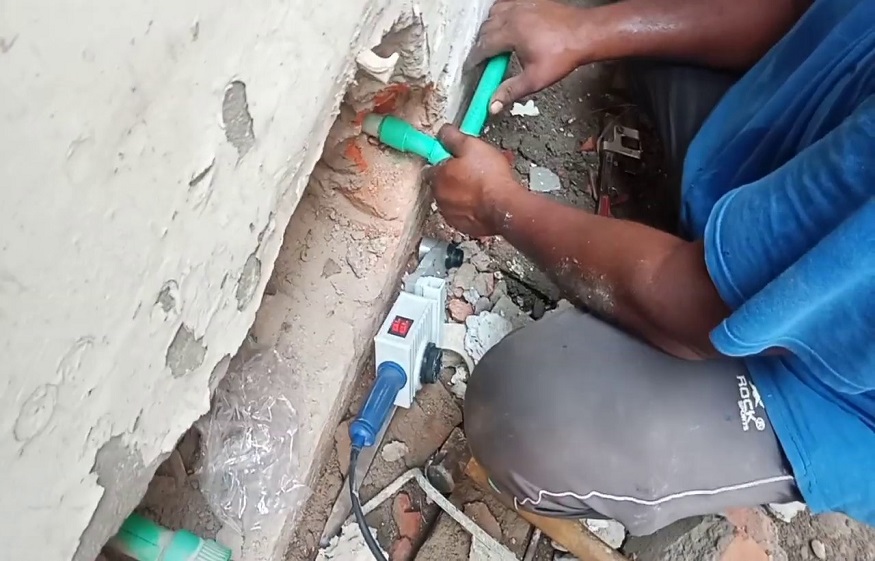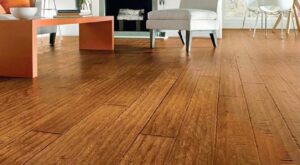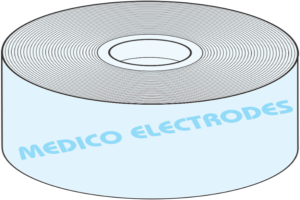Which Is the Best Piping Material for Plumbing Installations

The lines utilized for plumbing establishments in homes and organizations can be fabricated from a wide range of materials. Like in any designing choice, the ideal alternative changes depending upon the application and venture conditions. Additionally, every material enjoys benefits and constraints.
The most widely recognized channeling materials utilized for plumbing are copper, PVC, CPVC, and PEX. This article will outline these four materials and others that might be found in the development business.
Get an expert pipe plan for your next development project.
Notwithstanding the channeling material utilized, you can diminish project costs by enhancing the pipes framework format. This will lessen the total funneling length needed, alongside fittings and work costs. Building Information Modeling can assist you with improving plumbing establishments and other MEP frameworks.
Copper Pipes
Copper is entirely rigid, and it has been the material of the standard pipe since the 1960s. Different materials have been presented from that point forward, yet copper is perhaps the ideal choice. The fundamental downside of copper channeling is its exorbitant cost, and it requires binding and extra fittings. Given its worth, copper funneling is enticing for hoodlums when uncovered.
PROS CONS
Impervious to spills
Demonstrated dependability since the 1960s
Sturdy
It doesn’t contaminate water.
Warmth open-minded
Long life expectancy
Old lines can be reused.
Erosion safe
Costly: Around $300 for 100 ft
Old establishments may contain lead weld.
Old copper lines can be reused; however, copper mining and assembling cause natural harm. Therefore, copper isn’t viewed as a green material.
Some typical uses of copper funneling incorporate hot and cold drinking water supplies and refrigerant lines for HVAC frameworks. Type K copper pipe has the thickest dividers and is usually utilized in underground assistance lines. Type L has halfway walls, while type M has the most slender partitions, and they are ordinarily used for divider supply lines.
Polyvinyl Chloride Piping (PVC)
PVC is a plastic material usually utilized in plumbing, and it comes in two sizes: Schedule 40 and Schedule 80.
Timetable 40 PVC is the most ordinarily utilized, having more slender dividers and a lower cost.
Timetable 80 PVC has thicker dividers, making it more challenging yet additionally more costly.
The American National Standards Institute (ANSI) gives tables that normalize the external distance across PVC funneling. The accompanying table sums up the advantages and disadvantages of PVC as a funneling material.
PROS CONS
Impervious to rust and consumption
Impervious to high water pressure
Minimal expense
Simple establishment, no welding or metalwork
Flexible: different sizes and fittings
Solid and sturdy
Nonconductive
It can’t be utilized for boiling water since heat misshapes PVC.
PVC corrupts with UV light, which implies it can’t be presented to daylight.
Undependable for drinking water.
Not recyclable.
PVC is usually utilized for the channel lines of sinks, lavatories, and baths. Other typical applications incorporate indoor pipes, underground pipes, vent stacks, primary water supply lines, high-pressure channeling, and storm waste frameworks.
Polyvinyl Chloride Piping (CPVC)
As suggested bChlorinatedy its name, CPVC is PVC channeling with higher chlorine content. CPVC is appropriate for heated water and drinking water, in contrast to typical PVC. Contrasted and copper, CPVC pipes are smoother, and they produce less commotion when water moves through. CPVC funneling is additionally protected to forestall energy misfortune, more adaptable than metallic channeling, and fireproof.
PROS CONS
All right for drinking water
Simple establishment
Can convey high temp water
More adaptability than PVC and metallic line
Every one of the advantages of PVC, and more sturdy
Heatproof
Nonconductive
CPVC pipes split when frozen
Not recyclable
More costly than PVC
Assembling measure is exceptionally dirtying.
Some everyday use of CPVC funneling incorporate hot and cold water supplies, heated water channels, and removal pipes (waste and water).
Cross-Linked Polyethylene Piping (PEX)
PEX pipes are viewed as perhaps the most significant development in plumbing. PEX is an incredibly adaptable line like a hose, which can twist around edges and impediments. Also, it utilizes pressure fittings and doesn’t need a stick.
PEX can, without much of a stretch, be utilized with existing channeling, including copper, making it incredible for repayments and retrofits. While PEX has a more significant expense than PVC, establishment costs are lower, and upkeep is negligible. PEX lines and fittings have been utilized for more than 30 years. However, they acquired fame afer 2010.
PROS CONS
Adaptable
Adaptable
Warmth safe
Freeze safe since the material can grow and contract.
Nonconductive
Water tainting considers as yet occurring. Nonetheless, PEX has been endorsed in states with rigid guidelines.
The fittings require an uncommon device.
It can’t be associated straightforwardly with water warmer.
It can’t be utilized outside since UV beams harm the material.
Because of its adaptability, PEX channeling is regularly utilized in retrofits and remodels. PEX is additionally used in regions with low ventilation, where getting pipes together with the paste can be risky. The material is reasonable for hot and cold water supplies.
Other Piping Materials
The four funneling materials depicted above are the most generally utilized in plumbing frameworks. However, they are not by any means the only choices. Coming up next are a few instances of less mainstream materials or, at this point, not utilized.
Stirred Steel Piping
This material was famous before, yet presently not utilized because of its adverse consequences:
It is inward rusting in little measurement pipes because of the zinc covering.
Can get stopped up after some time
Consumed pipes can deliver lead.
Water staining
Aroused steel is likewise a hefty material, which restricts its applications in plumbing. These lines were usually utilized in greywater and non-consumable water channels.
Treated Steel Piping
Treated steel pipes are sturdy yet extravagant, considerably more than copper pipes. They are utilized in regions inclined to consumption, like waterfront conditions. This material offers the accompanying benefits:
Solid and erosion safe
Lines can be created adaptable or inflexible.
Accessible in a few sizes and lengths
Cast Iron Pipes
Cast iron lines are typically fabricated as a ringer and nozzle type, and they are the heaviest of all pipes. They are excellent and permit the utilization of PVC to supplant portions of a cast-iron channeling framework. Nonetheless, cast iron lines are exceptionally substantial and require extra backings during establishment.
Some typical cast iron lines are water dispersion frameworks and underground establishments, like the primary lines on seepage and sewer frameworks.
Dim Plastic Polybutylene Piping (PB)
This pipe’s material is reasonable and straightforward to introduce yet inclined to spills.
High-Density Polyethylene Piping (HDPE)
HDPE is a versatile material that offers consumption opposition and helps. Notwithstanding, this accompanies a cost, and HDPE is more costly than PVC.
Metal Piping
Metal has been utilized in plumbing establishments for quite a while, even before copper. When using this material, an essential prerequisite is guaranteeing that the combination doesn’t contain lead. A red metal line is viewed as the ideal alternative since it has a high measure of copper.
PROS CONS
Profoundly impervious to erosion
Warmth safe
Delicate material, which permits tight seals
Actual properties like copper
Long assistance life
It may contain lead.
Metal channeling is regularly utilized in water supply lines, water evacuation channels, siphon fittings, water tanks, and wells.
PPR Pipes
PPR Pipes are inflexible plastic lines, like CPVC. Nonetheless, they are not gotten together with synthetic compounds, and instead, heat is utilized to follow mating closes.
PPR pipe is usually utilized in Europe and has not gotten a lot of consideration in the US.
PPR is solid, ok for people, and thought about as harmless to the ecosystem material.
The principal downside is an unpredictable establishment measure that requires particular apparatuses.
PPR channeling is generally utilized in hot and cold water supplies and depletes.
Conclusion
With the wide assortment of channeling materials accessible, picking the suitable pipe for an undertaking can be difficult. The best proposal is to reach out to proficient pipes specialists and find out about every material accessible and its highlights. Along these lines, you can ensure that your pipes establishment utilizes the most appropriate material for your venture conditions and spending plan.







